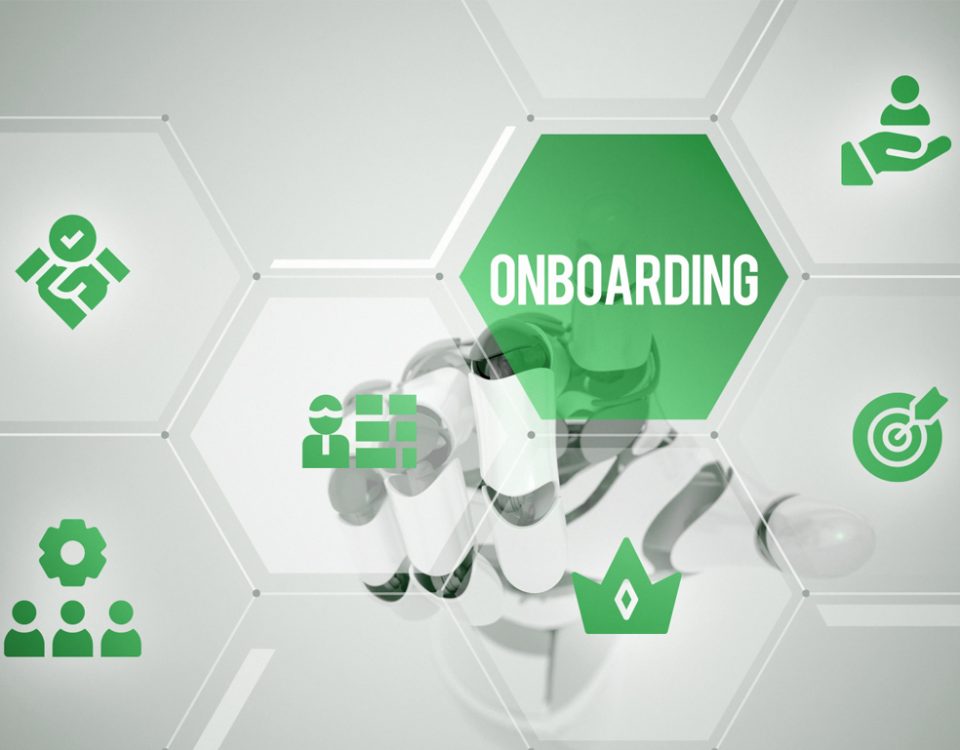
Seamless Onboarding Solutions: From Surviving to Thriving
June 9, 2023
Bespoke Content: Enabling Talent Transformation
January 29, 2024Author

Kadamberi Darad
Most eLearning courses consist of digital learning content followed by an evaluation. There was a study conducted among three groups to measure how learners responded to these questions when they watched several small pieces of content answering many appropriate questions, or when they watched large amounts of content with fewer evaluation sections. The first group were asked to respond after each module, the second group after four modules, and the third group after completing all the learning content. Results showed that the first group who completed shorter pieces of content took 28% less time and achieved an overall 20% increase in information retention. It was also found that learners in the third group referred to their lessons repeatedly when completing the evaluation assessment.
The Future of Corporate Learning
Microlearning best practices rely heavily on cognitive skills. Microlearning development utilizes spaced learning strategies to maximize information retention and make learning more effective for employees. This method of learning can lead to higher engagement and performance among employees in an organization. The concept of microlearning is to break down large amounts of learning content into smaller, more manageable units with adequate spacing between each. This self-help learning and development concept is strictly objective, making the microlearning strategy worth considering when delivering e-learning courses.
Microlearning Content Strategies
The demand for continuous learning programs is increasing. The combination of factors such as the rapid evolution of business globally, work styles, increasing distractions, and the need to keep pace with the knowledge and skills required has led to the positive acceptance of microlearning strategies. When designing micro-content, it is important that we consider the following 1. Structure: bite-sized modules that are easy to understand at a glance 2. Focus: curated and based on only one learning objective per module 3. Independence: standalone learning modules 4. Access: anywhere, anytime Microlearning content can make or break an entire training course. The design and development attributes differ with microlearning content development. Whether it is integrating microlearning content into an e-learning platform or creating a standalone microlearning strategy for employees, it needs to be simple and short. The types of microlearning content that can be utilized include:
- Text-based resources—such as reference guides, reviews, phrases, and short paragraphs
- Images—such as infographics
- Audio—such as podcasts and other audiovisual resources
- Videos—such as animations and short videos
- Games—such as single-screen challenges, quizzes, tests, assessments, and exploration concepts
- Digital learning material—such as shareable content object reference model (SCORM) videos in a learning management system
After reading, exploring, and talking about learner engagement and the process of knowledge retention, it is evident that delivering small chunks of information makes sense. As businesses advance and progress, it is a more important than ever to create and provide employees with customized learning experiences. This can be in the form of learning events in addition to more discreet formats—such as performance support tools, help guides, and training materials.
Microlearning content can make or break an entire training course.
To sum up, when we present learning opportunities to employees in their regular schedule, we see a reduction in time waste and dependency. Try leveraging microlearning development for your sales enablement as per sales representative clientele, location, challenges, personality development, etc., or for product training where you provide ready access to critical information, how-to-dos, selling assistance knowledge, channel partner assistance, or end, user assistance; or for any employee training requiring performance support. It has the capacity to significantly enhance employee performance. This lean management approach that supports continuous learning is a long-term strategy. Contact Ozemio if you want to provide your employees with meaningful learning and development opportunities.
Related services
Product Engineering



